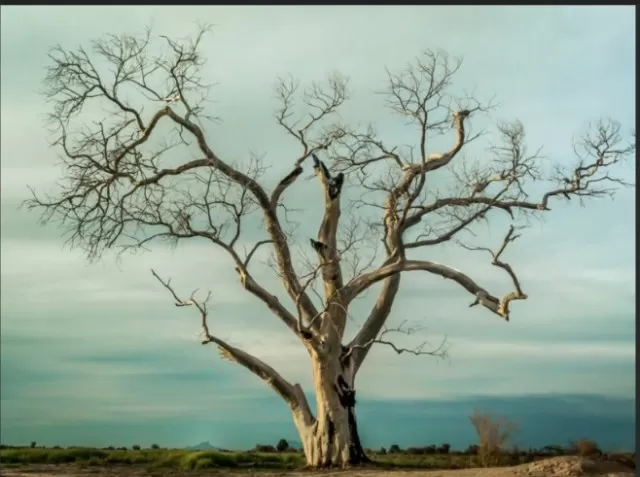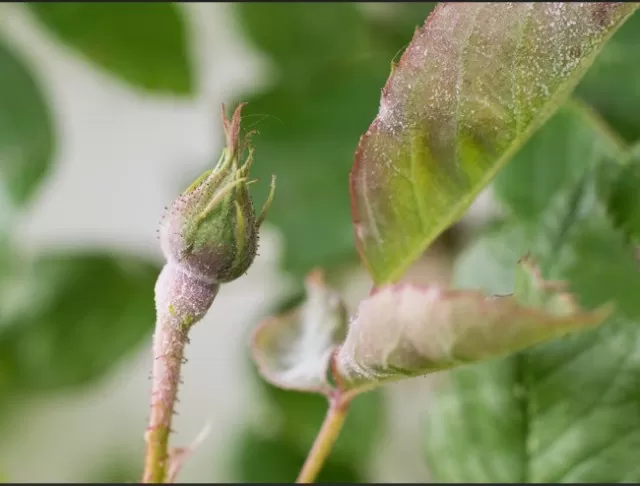Recognizing Dying Trees and Salvaging Them. Preserving the vitality of a sick tree is a feasible endeavor; however, the implications of neglecting a dead tree extend beyond aesthetics, potentially jeopardizing the safety of your residence and loved ones. By arming yourself with the knowledge to identify crucial symptoms, you can effectively gauge the overall health of your tree and make informed decisions about the necessary course of action.
Amidst the natural cycle of life, trees occasionally falter in health, presenting an opportunity for intervention and revival. Yet, allowing a tree to languish in a state of decay can escalate into a precarious situation. The stability of your home and the safety of your family hang in the balance, as a weakened or deceased tree can easily succumb to external pressures, ranging from inclement weather to sudden structural failure.
To ensure the well-being of your property and loved ones, it’s essential to be attuned to telltale signs that indicate the condition of your tree. Detecting these symptoms serves as a first line of defense against potential hazards. Keep a vigilant eye out for changes in the tree’s foliage, such as wilting leaves, discoloration, or an abnormal lack of growth during the appropriate seasons. Additionally, inspect the tree’s bark for cracks, peeling, or lesions, as these could point to underlying issues. Be wary of the emergence of fungi, as they often thrive in decaying wood and can serve as indicators of a tree’s compromised state.
Recognizing the Telltale Indications of a Declining Tree.

The presence of trees in any landscape bestows upon it a sense of worth and vitality.
Beyond their visual appeal, these majestic botanical giants serve as sources of shade, as well as havens for wildlife and fellow flora. Sometimes, the signs of a tree nearing the end of its life are glaringly evident—its foliage withering to brown amidst the warmth of summer, or its branches becoming a canvas for wood-boring pests.
However, the manifestation of a tree’s deteriorating health isn’t always straightforward, posing a challenge when attempting to address the issue, particularly if the fading tree is situated in close proximity to a dwelling or structure.
The ramifications of a languishing tree go beyond mere aesthetics.
The threat of falling limbs from such a tree brings forth the potential for harm to both humans and animals, not to mention the looming specter of costly reparations should these weakened branches land on residences or vehicles. To preemptively deal with these concerns, it is imperative to familiarize oneself with a set of seven key indicators that may point to a tree’s decline.
By being vigilant and attuned to these signals, you can take the necessary measures to safeguard your property against the perils that a deteriorating tree might pose.
Indications of a tree\’s decline are evident through changes in its bark.
The once vibrant, protective outer layer takes on a brown and fragile demeanor, often accompanied by the emergence of cracks or splits.
These symptoms become more pronounced as the tree’s health wanes, with the bark loosening and eventually detaching from the tree’s surface. .
Vertical fissures or areas where bark is conspicuously absent are also indicative of a tree’s ailing state.
To better assess the tree’s condition, it’s advised to carefully examine for the presence of deep splits in the bark that extend beyond the surface and into the inner wood. The insight provided by Matt Schaefer, a Certified Arborist associated with The Davey Tree Expert Company, underscores the importance of investigating both internal and external hollows or voids within the tree.
.
The impact of these bark irregularities is far-reaching.
The development of cracks introduces vulnerabilities that can render the tree susceptible to damage during inclement weather, including storms and other atmospheric disturbances. By being attuned to these visual cues and promptly addressing the tree’s declining state, you can potentially mitigate the risks associated with weakened bark, ensuring the safety of your surroundings.
The Davey Tree Expert Company, renowned as the foremost residential tree care entity in North America, lends its expertise to guide individuals in safeguarding their arboreal assets.
A Paltry Remainder of Vibrancy in Foliage.

In the realm of deciduous trees, a significant indicator of impending decline lies within the branches themselves.
The absence of a flourishing canopy adorned with verdant green leaves becomes conspicuous, replaced instead by a somber display of brittle, brown foliage. This transformation is especially apparent during the active growth period, as the once-lush leaves wither and lose their vitality, reflecting the tree’s diminishing health.
An additional telltale sign of distress in deciduous trees is the tenacious grip of dead leaves, which remain attached to the branches well into the winter months, defying the typical seasonal pattern of shedding and descent to the ground.
Turning our attention to the steadfast coniferous evergreens, their response to stress or decline is equally illuminating.
These evergreens, renowned for their year-round verdant splendor, reveal their deteriorating state through a shift in the color spectrum. The needles or leaves that once exuded vibrant greens gradually take on hues of red, brown, or yellow.
This chromatic shift serves as an unmistakable alert that the tree is struggling and possibly on the verge of succumbing.
By keenly observing these distinct transformations, one can decipher nature’s silent signals and act accordingly.
Understanding the language of trees, both deciduous and coniferous, empowers us to take timely action, whether through targeted care or informed consultation. In a world where trees offer shelter, shade, and splendor, recognizing these subtle shifts can make a world of difference in preserving the vitality of our arboreal companions.
A Surplus of Lifeless Timber.
In the realm of arboreal observation, an excessive accumulation of deceased branches and wood serves as a noteworthy signpost.
While the presence of a few lifeless appendages doesn’t invariably signal the demise of a tree, the context shifts when a profusion of such desolate elements comes into play. Employing a discerning eye, one can distinguish between routine instances of dead branches – a natural part of a tree’s life cycle – and a more concerning scenario where the prevalence of deceased wood implies the tree’s ailing state.
Maintaining a meticulous pruning regimen during the tree’s dormant phase can be instrumental in fostering its robustness and well-being.
However, when the scales tip towards an abundance of dead wood, it becomes a potent indicator of the tree’s compromised vitality. This heightened presence of lifelessness speaks to an underlying sickness or impending decline.
A warning from Matt Schaefer, a respected voice in arboriculture as a Certified Arborist associated with The Davey Tree Expert Company, underscores the potential perils. The unpredictability of fallen dead branches and wood poses a perpetual threat, ready to materialize at any given moment.
This looming menace is twofold, endangering both human safety and property integrity.
The unforeseen collapse of lifeless branches can wreak havoc, putting you and your dwelling in harm’s way. As you engage with the living network of trees, recognizing the import of dead wood abundance is essential for preemptive action.
By doing so, you can curtail potential risks, ensuring a safe environment while preserving the majesty of your arboreal companions.
A Haven for Creatures and Microbial Intrigue.

Within the realm of arboreal existence, the role of trees as habitats for various critters and the lurking presence of fungi assumes a significant role in gauging a tree’s state.
Among the ranks of these inhabitants, bark beetles and carpenter ants emerge as notable protagonists, particularly within trees undergoing stress or experiencing the throes of decline. It is in these fragile states that these pests find their preferred abodes, opting for the shelter offered by weakened, dying, or deceased hosts.
A symphony of clues also emanates from the realm of fungi and bacterial organisms, each casting a unique shadow upon the tree’s well-being.
These telltale marks manifest in the form of cankers – discolored patches or recessed areas on the bark – hinting at the presence of underlying issues. The appearance of mushrooms, whether on the tree’s bark or at its base, delivers a potent message as well.
These fungal growths serve as indicators of root or trunk rot, insidiously gnawing at the tree’s core vitality.
Matt Schaefer, an authoritative figure in the domain of arboriculture as a Certified Arborist affiliated with The Davey Tree Expert Company, sheds light on the imminent risks.
As these microbial intruders proliferate, the decay that follows extends its reach deeper within the tree’s anatomy, unfurling a potential cascade of structural complications. The gradual erosion of the tree’s interior integrity reverberates outward, paving the way for impending problems that could compromise not just the tree’s form, but the safety of the surroundings as well.
In the intricate tapestry of arboreal existence, recognizing the nuanced interactions between creatures, fungi, and trees themselves becomes essential.
By deciphering these messages, one can intervene proactively, ensuring the longevity of these towering sentinels while safeguarding the harmony of their ecosystem.
*The information is for reference only.